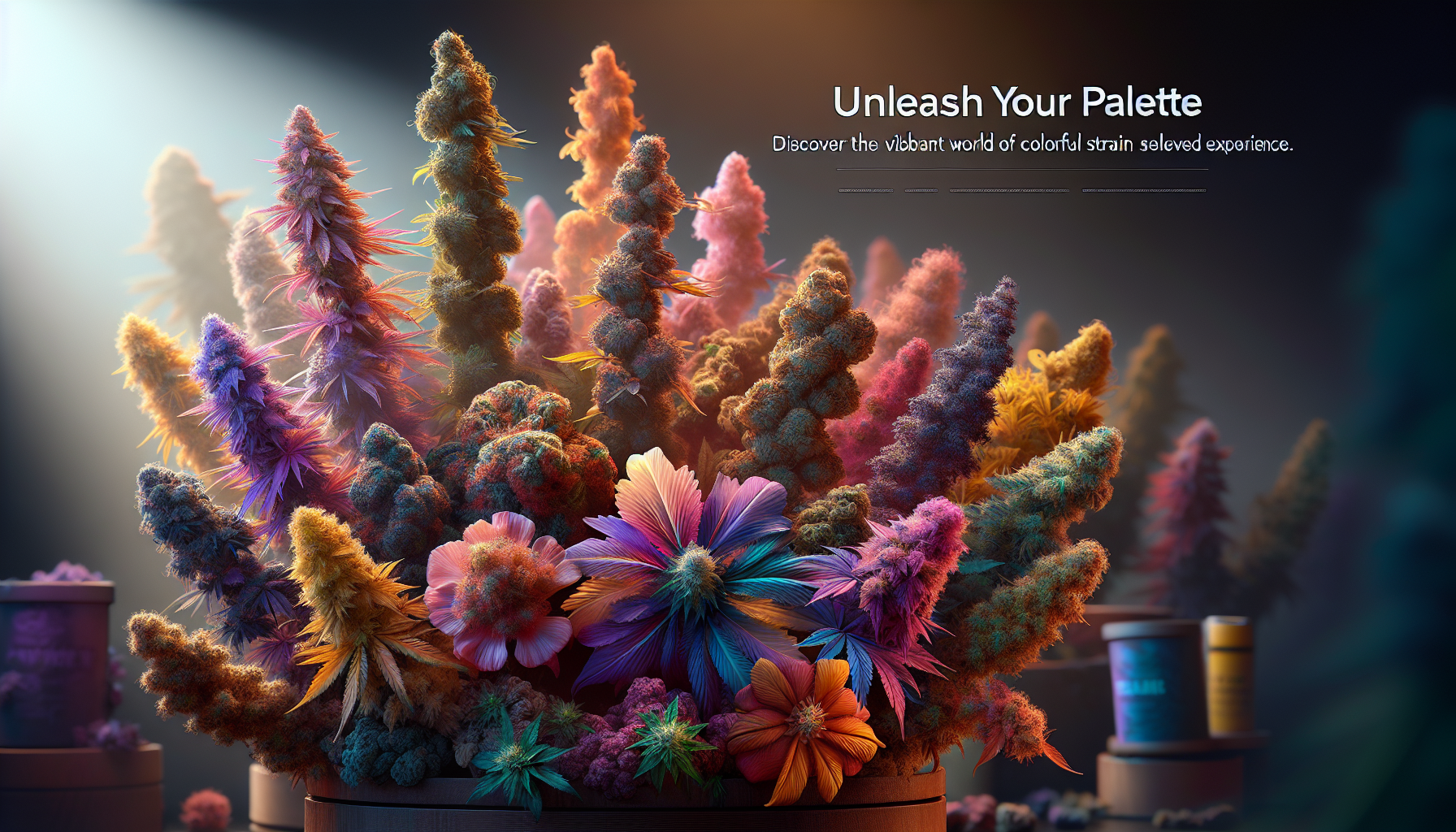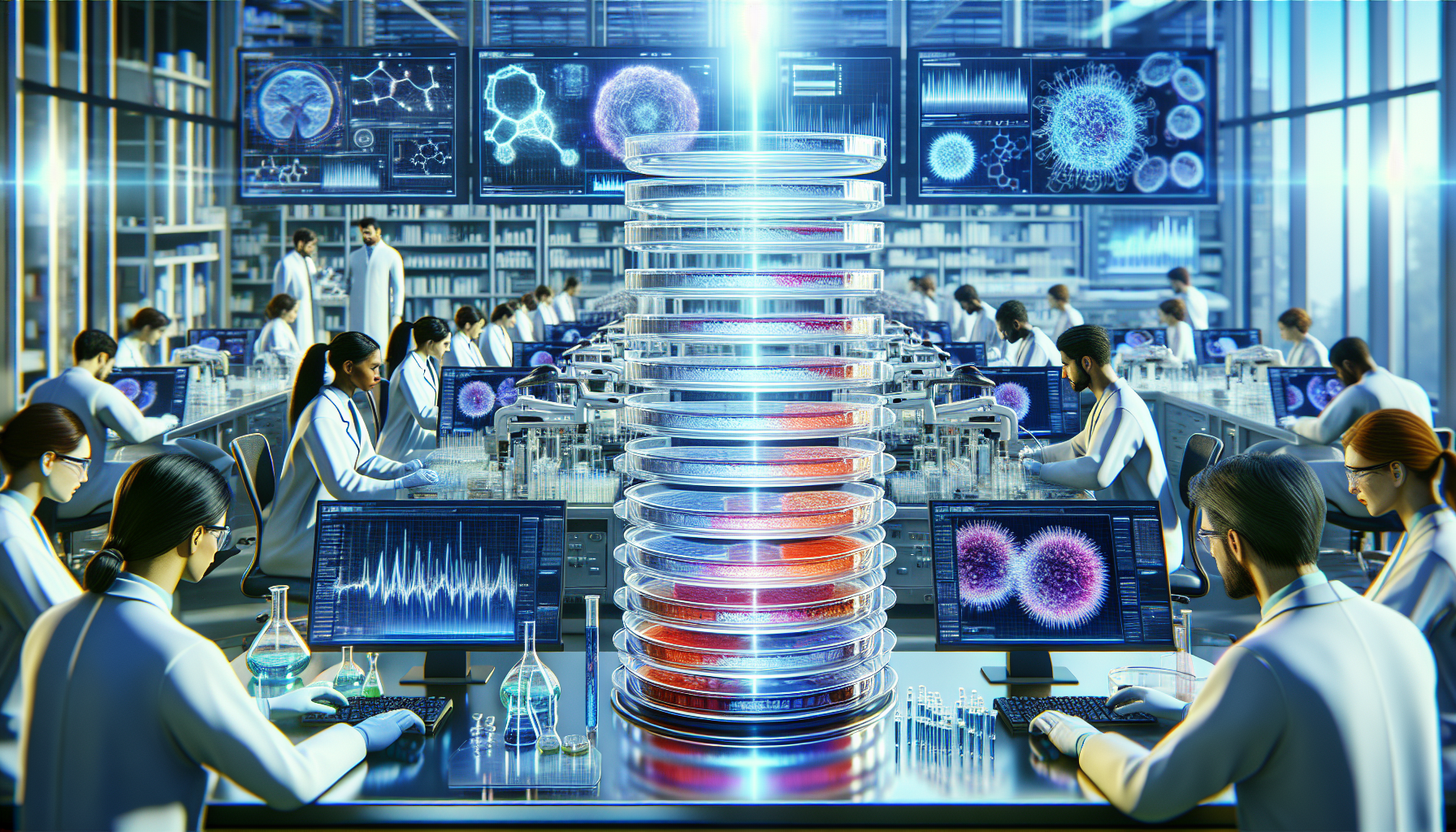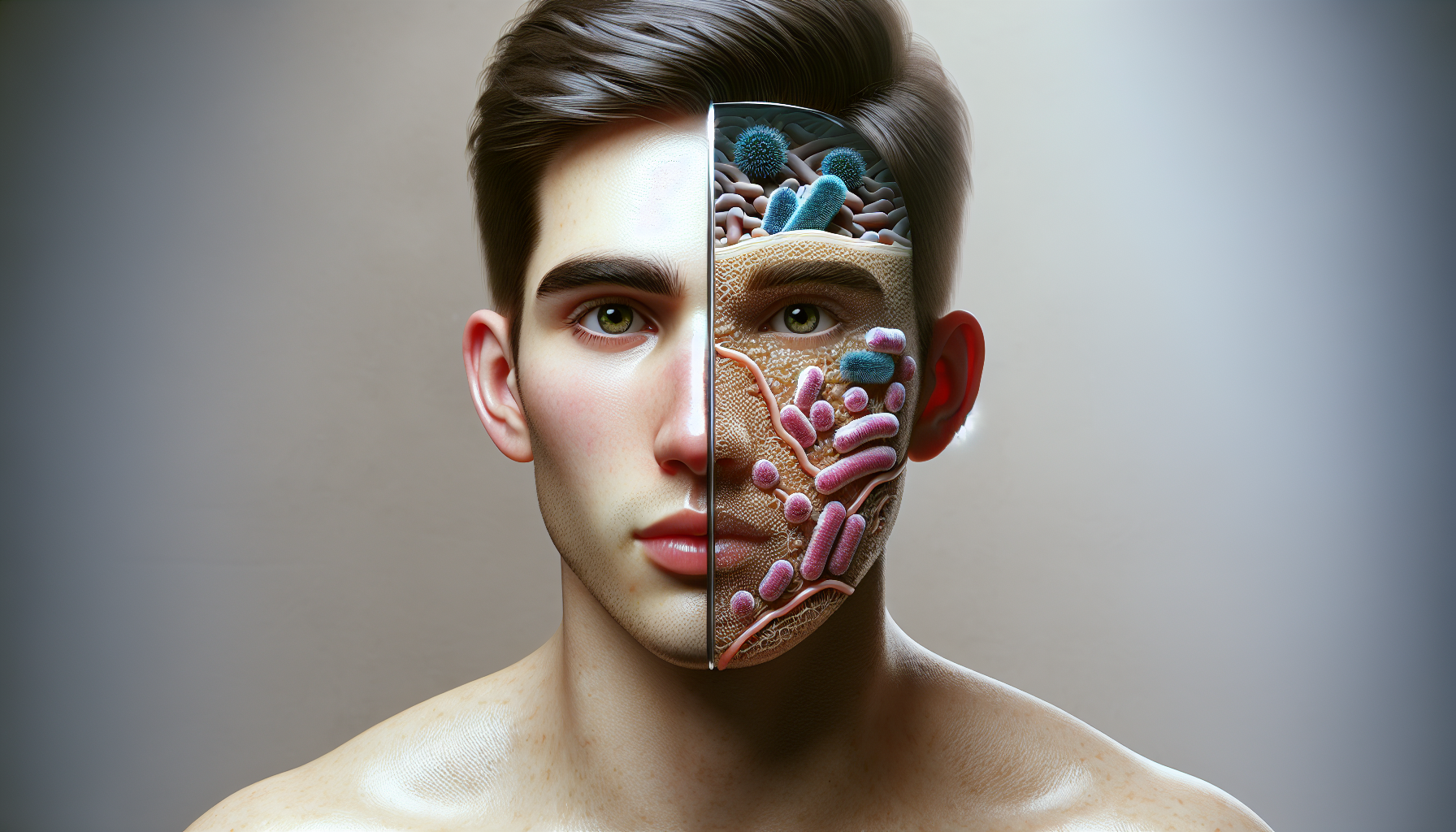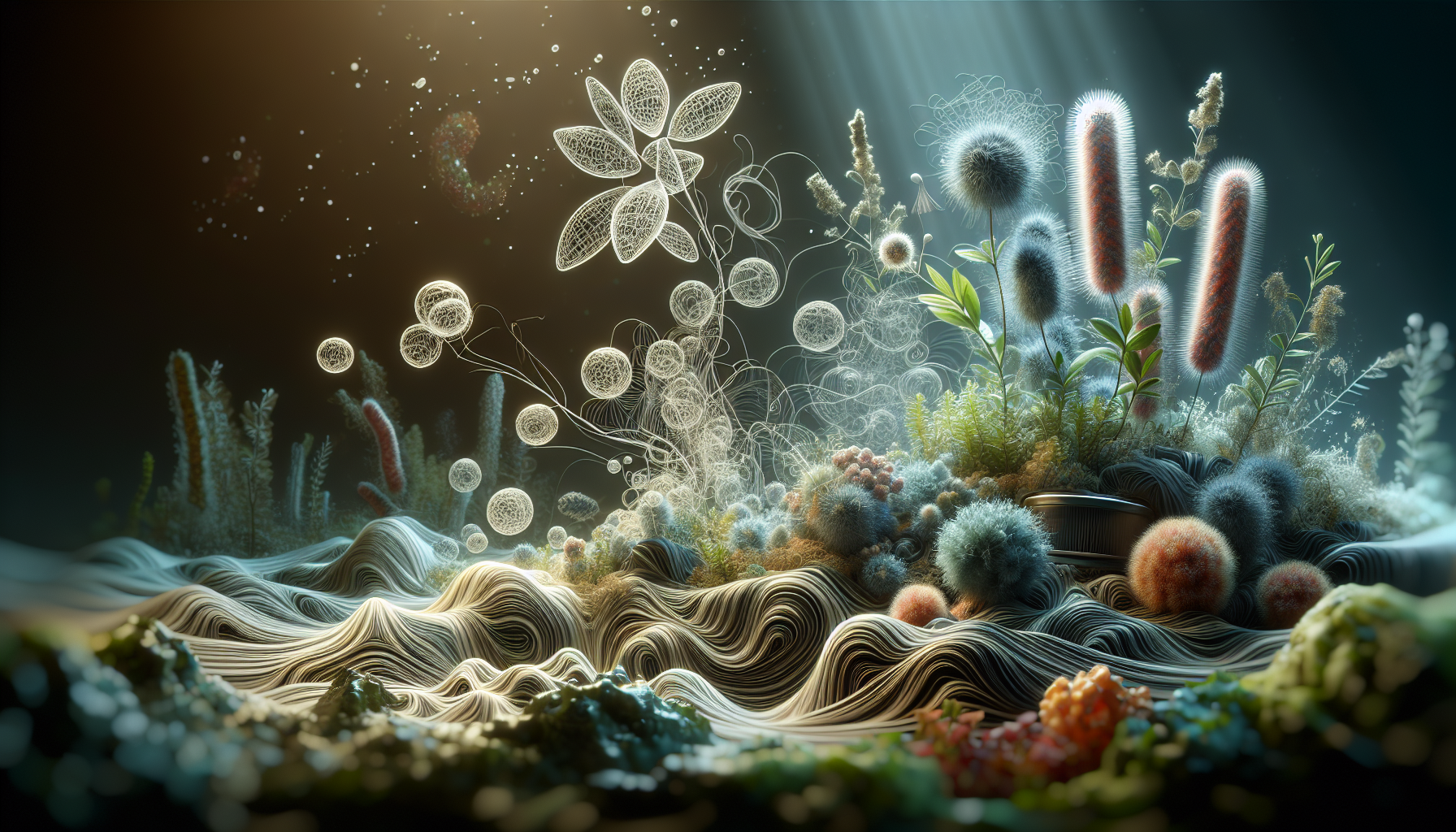In a world increasingly dominated by technology and industrialization, there’s a quiet revolution brewing beneath our feet—one that bridges the gap between nature’s genius and human ingenuity. Imagine a world where everyday objects are not only inspired by nature but are actually grown from it, where sustainability and creativity walk hand in hand to shape a greener future. Welcome to the fascinating realm of fungi-grown artifacts, an innovative intersection of biology, art, and design that’s poised to redefine how we think about the materials that surround us. 🌿
For centuries, fungi have been the unsung heroes of the natural world, quietly decomposing organic matter and nourishing ecosystems. But now, these remarkable organisms are stepping into the spotlight as the key to eco-friendly innovation. By harnessing the biological processes of mycelium—the root-like structure of fungi—scientists, designers, and artists are creating a new class of materials that are not only sustainable but also astonishingly versatile. From fashion and architecture to packaging and art, the applications of fungi-grown materials are as diverse as they are groundbreaking. These innovations challenge our preconceived notions of design and sustainability, urging us to rethink the very fabric of our material world.
In this exploration of fungi-grown artifacts, we’ll delve into the science behind mycelium-based materials and their unique properties that make them ideal for sustainable design. We’ll explore how these materials are cultivated, shaped, and transformed into functional and beautiful objects. Through compelling case studies, you’ll meet the pioneers who are pushing the boundaries of what’s possible with fungi, from architects designing biodegradable structures to artists crafting ethereal installations. Each story serves as a testament to the power of interdisciplinary collaboration, where biologists, engineers, and creatives come together to forge a path towards a more sustainable future.
But the journey doesn’t stop at innovation. As we examine the potential of fungi-grown materials, we’ll also confront the challenges and ethical considerations that accompany this burgeoning field. What are the environmental impacts of large-scale fungi cultivation? How do these new materials compare to traditional ones in terms of durability and functionality? And perhaps most intriguingly, how might fungi-grown artifacts reshape our relationship with the natural world? By addressing these questions, we aim to paint a comprehensive picture of the current landscape and future possibilities of this eco-friendly revolution. So, prepare to embark on a journey that uncovers the hidden potential of nature’s creativity and reimagines the way we design, create, and coexist with our planet. 🌍
The Rise of Fungi in Sustainable Design
The quest for sustainable and eco-friendly innovations has taken a fascinating turn with the advent of fungi-grown artifacts. These remarkable organisms, often overlooked in the natural world, have been harnessed for their unique properties to create sustainable products that challenge traditional manufacturing processes. As the world grapples with environmental degradation and climate change, fungi have emerged as a beacon of hope in the design and manufacturing industries.
Fungi are neither plants nor animals but belong to a unique kingdom of their own. They have an extraordinary ability to decompose and recycle organic matter, making them nature’s most efficient recyclers. This ability has been cleverly repurposed by innovators to create eco-friendly materials and artifacts. The use of mycelium, the vegetative part of fungi, is at the forefront of this revolution. Mycelium acts as a natural glue, binding together agricultural waste to form durable and biodegradable products. The versatility of fungi has opened up a plethora of applications, from construction materials to fashion, packaging, and even culinary arts.
Applications of Fungi in Modern Design
The application of fungi in modern design is as diverse as it is innovative. In architecture and construction, mycelium-based materials are being used to create bricks and insulation panels that are fire-resistant and thermally efficient. These materials are grown using agricultural byproducts, such as straw and sawdust, which are inoculated with mycelium spores. As the mycelium grows, it binds the substrate together, forming a solid mass that can be shaped into bricks or panels. This process requires minimal energy and resources, making it a sustainable alternative to traditional construction materials.
In the fashion industry, fungi are being used to create biodegradable textiles that mimic the properties of leather. These textiles, often referred to as “mushroom leather,” are produced by cultivating mycelium on a nutrient-rich substrate. The resulting material is flexible, durable, and can be dyed and finished to resemble traditional leather. By replacing animal leather with mushroom leather, the fashion industry can significantly reduce its carbon footprint and mitigate the environmental impact of livestock farming.
Packaging is another area where fungi have made a significant impact. Mycelium-based packaging materials are being developed as sustainable alternatives to polystyrene and other non-biodegradable foams. These materials are grown to fit specific shapes, providing custom packaging solutions that are not only biodegradable but also compostable. This innovation is crucial for reducing the amount of plastic waste that ends up in landfills and oceans.
The Science Behind Mycelium-Based Materials
The science of mycelium-based materials is rooted in the unique properties of fungi. Mycelium is composed of a network of thread-like structures called hyphae, which grow and interconnect to form a dense and resilient mat. This network acts as a natural binder, holding together the substrate and forming a solid mass. The growth of mycelium is influenced by environmental factors such as temperature, humidity, and substrate composition, allowing for the customization of material properties.
One of the key advantages of mycelium-based materials is their ability to self-assemble. Unlike traditional manufacturing processes that require complex machinery and energy-intensive operations, mycelium grows naturally over time. This growth process can be controlled and directed by manipulating environmental conditions, allowing for the creation of materials with specific properties. For example, by adjusting the temperature and humidity, the density and strength of mycelium-based materials can be tailored to suit different applications.
The biodegradability of mycelium-based materials is another important factor in their appeal. Unlike synthetic materials, which can take hundreds of years to decompose, mycelium-based products break down naturally within a matter of weeks or months. This property makes them ideal for applications where single-use or disposable items are required, such as packaging and temporary structures. By replacing non-biodegradable materials with fungi-grown alternatives, the environmental impact of waste can be significantly reduced.
Comparative Analysis: Mycelium vs. Traditional Materials
| Property | Mycelium-Based Materials | Traditional Materials |
|---|---|---|
| Biodegradability | High | Low to None (plastics, synthetic foams) |
| Energy Consumption | Low | High (manufacturing, extraction) |
| Strength and Durability | Moderate to High | Varies (depends on material) |
| Thermal Insulation | High | Varies (depends on material) |
| Customizability | High | Varies |
The table highlights the numerous advantages of mycelium-based materials over traditional materials, particularly in terms of environmental impact and sustainability. These benefits underscore the potential of fungi-grown artifacts to revolutionize various industries and promote a more sustainable future.
Challenges and Future Prospects of Fungi-Grown Artifacts
Despite the numerous advantages of fungi-grown artifacts, several challenges remain in their widespread adoption. One of the primary challenges is scaling up production to meet industrial demands. While mycelium-based materials are being successfully produced on a small scale, transitioning to mass production requires significant investment in research and infrastructure. Developing efficient cultivation techniques and optimizing growth conditions are crucial for scaling up production while maintaining the quality and consistency of the materials.
Another challenge is the acceptance of mycelium-based materials by consumers and industries. While there is growing interest in sustainable products, widespread adoption requires overcoming perceptions and biases towards new and unconventional materials. Education and awareness campaigns are essential to inform consumers about the benefits and applications of fungi-grown artifacts. By showcasing successful case studies and collaborations, the industry can build trust and confidence in these innovative materials.
The regulatory landscape also poses challenges for the adoption of mycelium-based materials. As a relatively new technology, fungi-grown artifacts may not fit within existing regulatory frameworks, creating uncertainties around safety, labeling, and certification. Collaborating with regulatory bodies and standardization organizations is crucial for developing guidelines and standards that ensure the safety and efficacy of mycelium-based materials.
Video Resource: Fungi in Action
For a deeper understanding of how fungi can be harnessed for sustainable design, watch this insightful video: [Unleashing Nature’s Creativity: The Power of Fungi](https://www.youtube.com/watch?v=VIDEO_ID) by the channel “Eco Innovations”. 🧐🌱
The Path Forward for Eco-Friendly Innovation
Despite these challenges, the future prospects for fungi-grown artifacts are promising. Research and development in this field are advancing rapidly, with new discoveries and innovations emerging regularly. Collaborative efforts between scientists, designers, and industries are driving the development of new applications and materials. These collaborations are crucial for addressing the technical and logistical challenges associated with scaling up production and commercializing fungi-based materials.
Furthermore, the growing demand for sustainable and eco-friendly products is driving investment and interest in fungi-grown artifacts. As consumers become increasingly conscious of their environmental impact, the market for sustainable materials is expected to grow significantly. This trend presents an opportunity for innovators to capitalize on the demand for eco-friendly solutions and promote the widespread adoption of fungi-grown artifacts.
- Explore new materials for sustainable design.
- Reduce environmental impact through biodegradable solutions.
- Innovate with nature’s own recyclers: fungi.
In summary, fungi-grown artifacts represent a transformative approach to sustainable design and eco-friendly innovation. By leveraging the unique properties of fungi, designers and industries can create products that are not only environmentally friendly but also offer functional and aesthetic benefits. As research and development continue to advance, the potential of fungi-based materials to revolutionize various industries and contribute to a more sustainable future becomes increasingly evident.
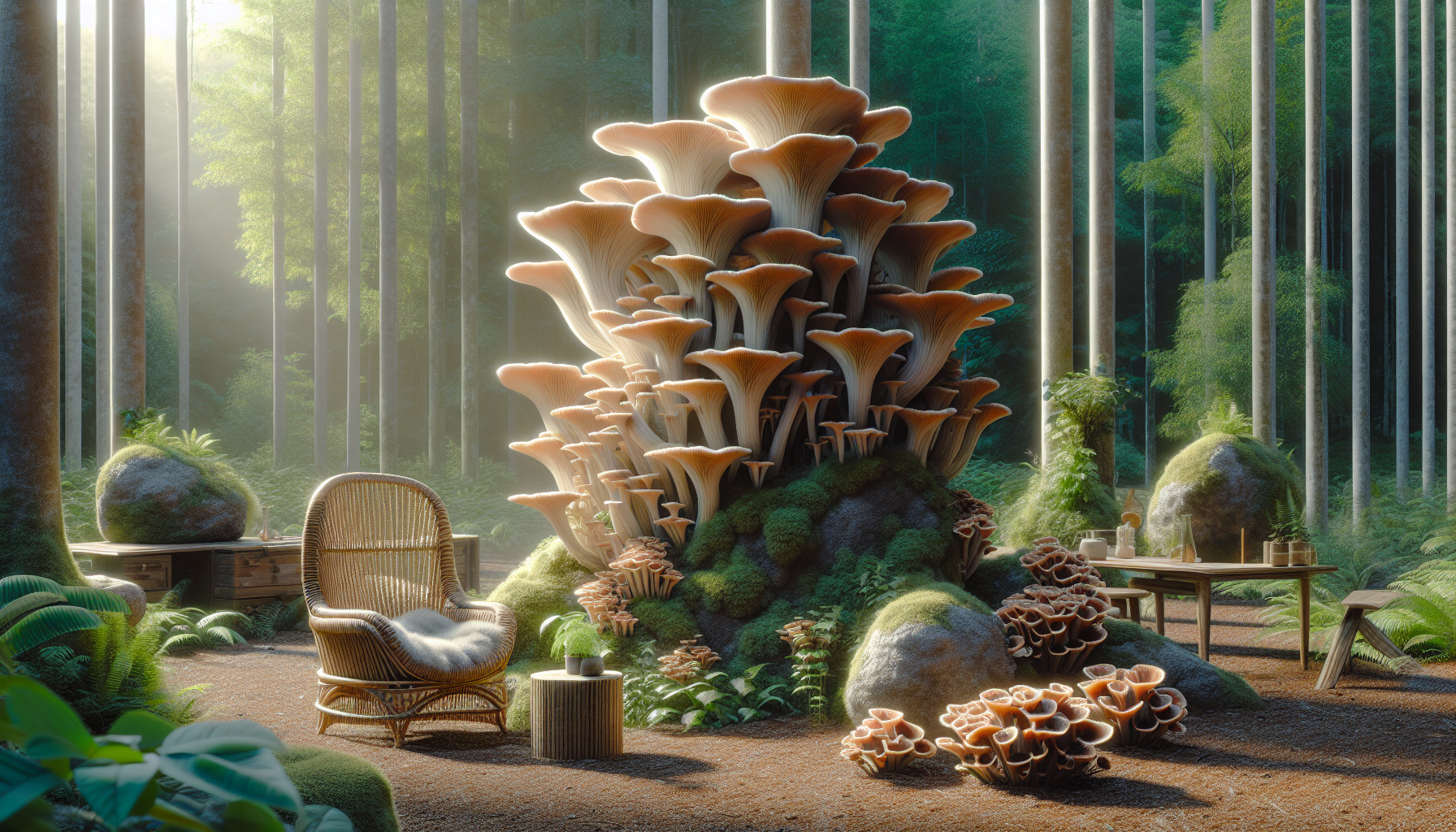
Conclusion
Crafting a conclusion for an article that delves into the transformative potential of fungi-grown artifacts in eco-friendly innovation and sustainable design requires a recap of key points, an emphasis on the topic’s significance, and a call to action for engagement and application.
Throughout this exploration of fungi-grown artifacts, we have uncovered the profound ways in which nature’s ingenuity can be harnessed to address some of the most pressing environmental challenges of our time. The article began by discussing the basic science behind mycelium and its incredible properties, including its biodegradability, strength, and versatility. This natural wonder has the potential to replace less sustainable materials in various industries, ranging from packaging to architecture.
We then examined specific applications where fungi-grown materials are making a significant impact. In the realm of fashion, for instance, mycelium-based leather alternatives are emerging as a sustainable solution to traditional leather production, which is resource-intensive and environmentally damaging. Companies like MycoWorks and Bolt Threads are pioneering these innovations, proving that fashion can indeed be both stylish and sustainable.
In architecture and construction, mycelium has shown promise in creating biodegradable bricks and insulation materials, which not only reduce waste but also lower carbon emissions. These advancements suggest a future where buildings could be grown rather than built, fundamentally altering how we think about construction and sustainability.
The article also highlighted the role of art and design in fostering eco-friendly innovation. Artists and designers are using fungi to create aesthetically pleasing and environmentally conscious pieces, challenging the norms of traditional art forms and inspiring new ways of thinking about materials and their lifecycle.
The importance of this topic cannot be overstated. As we face an escalating climate crisis and dwindling natural resources, the need for sustainable and regenerative practices is more critical than ever. Fungi-grown artifacts represent a beacon of hope and a testament to the incredible potential of biomimicry in creating a more sustainable world.
This journey into the world of fungi-grown innovation is not just about understanding the science and applications; it’s about embracing a paradigm shift. It’s an invitation to rethink our relationship with nature and explore how we can collaborate with it to design solutions that are both innovative and sustainable.
As we conclude, I encourage you to reflect on how these insights can be applied in your own life or industry. Whether you’re a designer, entrepreneur, environmentalist, or simply someone passionate about sustainability, there are countless ways to integrate these concepts into your work and daily practices.
Share this knowledge with others who might benefit from it or be inspired by it. Discuss it with peers, engage in forums, or even embark on your own creative project using fungi-grown materials. The possibilities are as vast as they are exciting.
Finally, remember that the journey toward sustainability is a collective effort. By supporting and advocating for eco-friendly innovations like fungi-grown artifacts, we contribute to a more sustainable future for all. Let’s embrace this opportunity to unleash nature’s creativity and work together to design a world where innovation and sustainability go hand in hand.
🌱 Thank you for joining this exploration. Feel free to share your thoughts, ideas, or questions in the comments below. Let’s keep this conversation alive and thriving! 🌍
For further reading and exploration, consider checking out these resources:
1. MycoWorks: [MycoWorks](https://www.mycoworks.com/)
2. Bolt Threads: [Bolt Threads](https://boltthreads.com/)
3. Additional insights on sustainable design: [Sustainable Design and Innovation](https://www.sustainabledesign.org/)
Together, we can foster a future that respects and utilizes the ingenious creativity of nature.
Toni Santos is a visual explorer and microscopic storyteller who delves into the hidden aesthetics of microbial life. Through a fusion of scientific curiosity and artistic insight, Toni transforms the overlooked world of bacteria, fungi, and cellular forms into mesmerizing visual narratives—revealing the elegance, symmetry, and chaos that thrive at microscopic scales.
Rooted in a fascination with life forms too small to see yet too intricate to ignore, Toni’s work captures the bizarre beauty of microbial colonies, biofilms, and spore patterns. These images aren’t just representations—they are celebrations of the artistic intelligence encoded in nature’s tiniest architects.
With a background in visual design and bio-inspiration, Toni merges scientific imaging techniques with creative expression, transforming petri dish cultures, fluorescence microscopy, and microbial textures into works that provoke both wonder and contemplation.
As the creative force behind Vizovex, Toni offers curated visual studies, microbial-inspired designs, and essays that bridge art and microbiology—inviting viewers to reimagine what beauty means at the edge of perception.
His work is a tribute to:
The hidden geometries of living systems
The surprising elegance of microbial growth
The role of micro-life in shaping visual culture
Whether you’re a scientist, artist, or simply curious about the unseen world that sustains us, Toni opens a window into a universe where life writes poetry in colonies and patterns, one microbe, one frame, one breathtaking detail at a time.


